It is often said that a picture is worth a thousand words. Throughout modern history, pictures have had a powerful effect on people; some have even led to regime shifts. There are poignant pictures that will forever be ingrained in our heads, such as the Tank Man in Tiananmen Square, the 1976 Soweto uprising and images of Nelson Mandela when he came out of prison.

It is important to note that black and white images are not as appealing to the mind as pictures with colour. This is worrying because pictures that are historically significant are usually in black and white. When important historical pictures do not hold the interest of people, they will not be as topical as pictures with colour. In that case, history is in danger of seeming irrelevant.
We take for granted the effects that black and white images have on our minds. As stated by Emily Lonie, black and white photos often make events and moments in recent history feel older than they really are. This can cause youth to be disinterested in historical events. Children respond better when their material is in colour. As stated in the Creative childcare, “The right colours can also help you store information better and make associations faster.”
The youth are our future leaders, and in order for history not to repeat itself, it is imperative for them to learn about these historical events accurately. They cannot be forced to learn about history outside of the classroom. They need to become passionate about learning history and this can be done by making history as appealing as scientific experiments. With the resurgence of the polarization in the media, there is a need now more than ever to learn about the horrific historic events which have been glossed over such as both World Wars, Nazi uprisings, the slave trade, Apartheid, the Civil Rights Movement, the fall of colonial rules which was followed by neo-imperialism, and more.
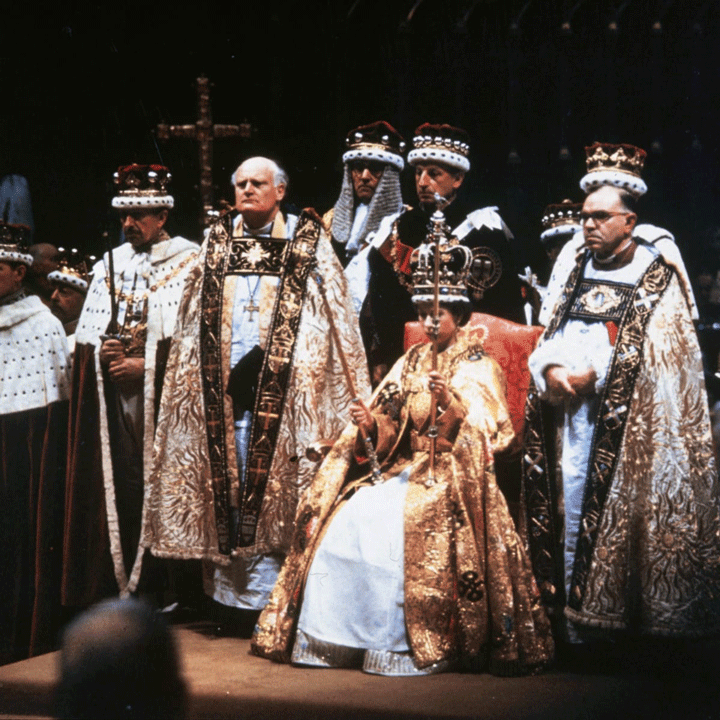
Studying history and historical events is important because we can understand, evaluate and grapple with the complex, heinous and oftentimes ignored events that have shaped the current events. As the proverb says, those who do not learn from history are doomed to repeat it. In order to learn about historical events, young people need to relate to it.
The rise of social media has caused children to have a short concentration span which is commonly referred to as the Goldfish Effect. Children’s minds are constantly stimulated by the dopamine inducing glamorous pictures on social media. In contrast to that, black and white pictures will be of no interest to them. Captivating pictures will ensure that people will continuously engage on pertinent issues. There are initiatives that aim to make young people feel connected to their historical roots such as the restoration of colour to old photos.
Gray Chapman stresses that “when black-and-white images can be hard to relate to, adding colour evokes empathy.” These initiatives may pique the interest of young people and make learning history more relatable.
Many pictures of significant historical events and historical figures are frequently portrayed in black and white, but when it is an image of a beloved or non-contentious figure then the photos are oftentimes in colour. To give context to this, most pictures of Adolf Hitler, Winston Churchill, HF Verwoerd, leaders of the civil rights movement Martin Luther King or Malcolm X, Patrice Lumumba, Stokely Carmichael, etc. are mostly in black and white. Whereas pictures of Marilyn Monroe, JFK and Queen Elizabeth when she was young are mostly in colour. These people are not all good or bad, but one thing that can be agreed upon is that they are all significant historical figures.
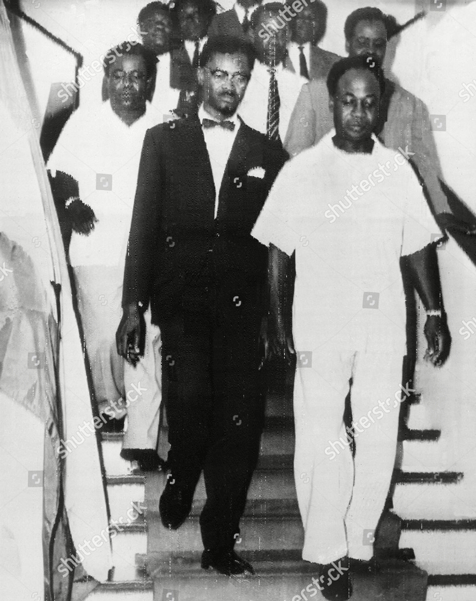
Looking at these figures they may seem unrelated, but they have all had a great impact on history. Furthermore, looking at these pictures, a pattern becomes apparent. It often comes across that the pictures of people who evoke jovial emotions are mainly in colour. In contrast, the images of people who have done atrocious effects on history or addressed the injustices that evoke white guilt are mainly displayed in black and white. This is perfectly illustrated when images of Martin Luther King Jr. are usually in black and white. He died in 1968, whereas images of the moon landing, which took place in 1969, were displayed in colour.
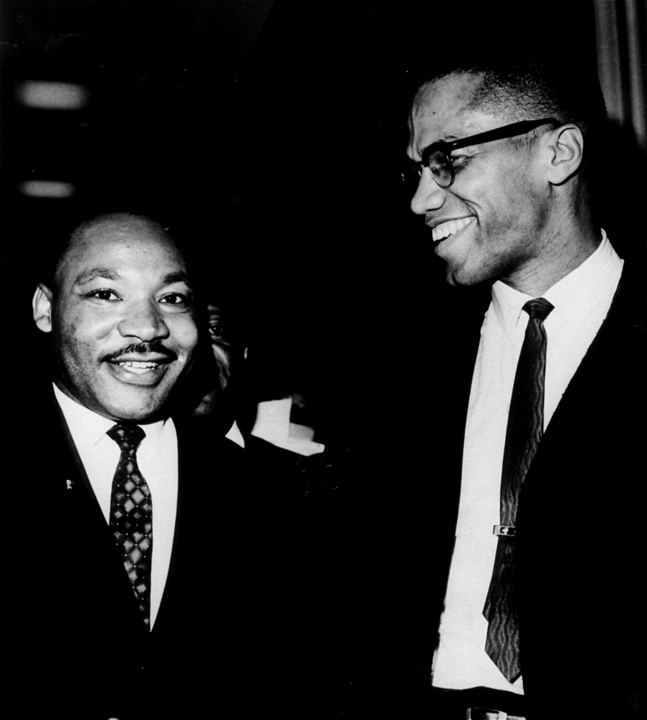
History has favoured white people and through nefarious activities, they have managed to amass wealth that most social groups struggle to achieve. Slavery, colonization, migrant cheap labour, etc. is how most developed countries managed to acquire a bulk of their wealth. Such information is kept out of the media. These appalling events have had a negative effect on the current socio-political climate and have created the current disparaging wealth gap.
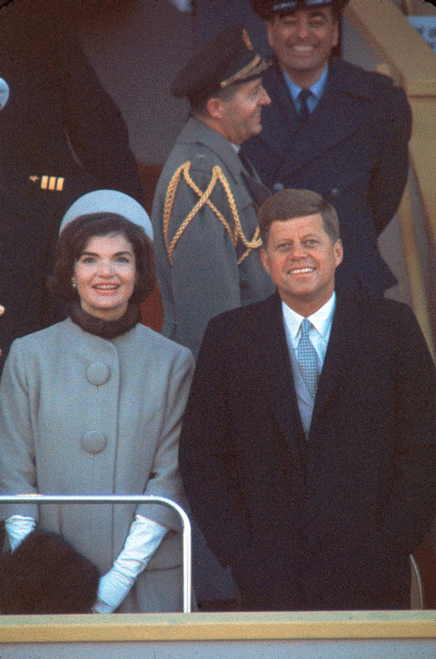
When discussions take place in public spaces, they rarely address the root cause of these issues. Without addressing the root causes, it is the same as putting a bandage on a gaping wound. Addressing, challenging and finding solutions to these issues will support the United Nations Sustainable Development Goal of Reduced Inequalities.
It is difficult to discuss these historical events when most photographic evidence to this side of history is destroyed, tucked away or hidden in plain sight through black and white images. For example, it is argued that “photos from the civil rights movement were originally taken in colour but shown in black and white to make them appear older.” This is a contentious statement that is often disputed and reaffirmed by others. Either way, this is problematic and it causes a distortion of historical events.
”There are great stories that are in danger of being forgotten just because they’re old and black and white."
Most young people disassociate with these stories and lose interest in these events because they feel as if they occurred long ago. “It’s been really hard until now for people to understand that this really wasn’t ancient history. These were real moments, and they were lived in color.” Perpetrators and victims of these events are still alive. The victims need to be given justice and the perpetrators need to be apprehended. The wrongdoers are ruling the economies and countries without facing any punishment or mild inconveniences at best.
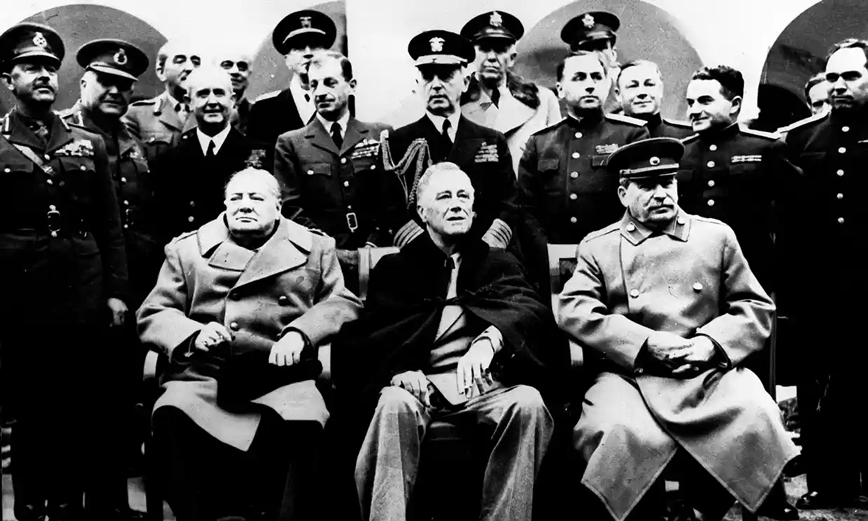
It is important to publicly deliberate contentious historical events, no matter how uncomfortable they may be to both the oppressor and the oppressed. Publicly addressing these issues will promote the United Nations Sustainable Development Goal of Peace, Justice and Strong Institutions.
Information is the key for liberation, and knowledge is the key that will unshackle future generations from the generational curse that prevails from those who were oppressed. Denying future generations the historical information that will equip themselves with the blueprint of the master in order to never repeat them is unethical. The restoration of historical events may not undo the past but it will pique the interest of young people which will create robust discussions on past events and it is a step in the right direction.
